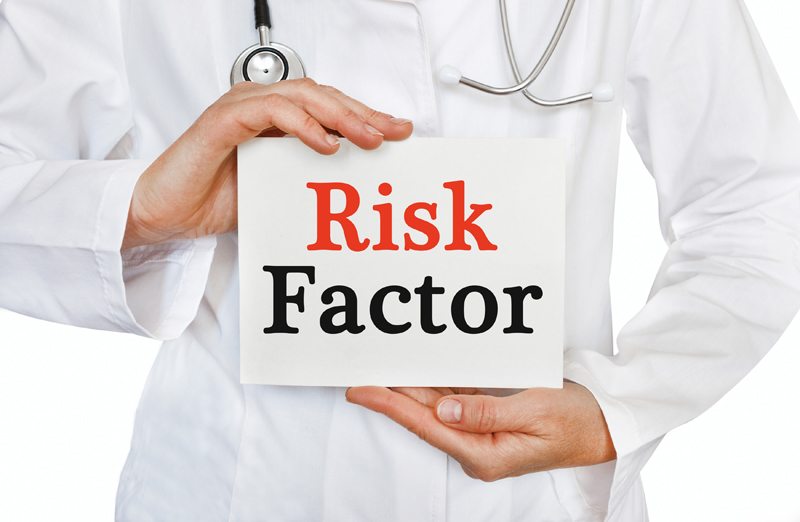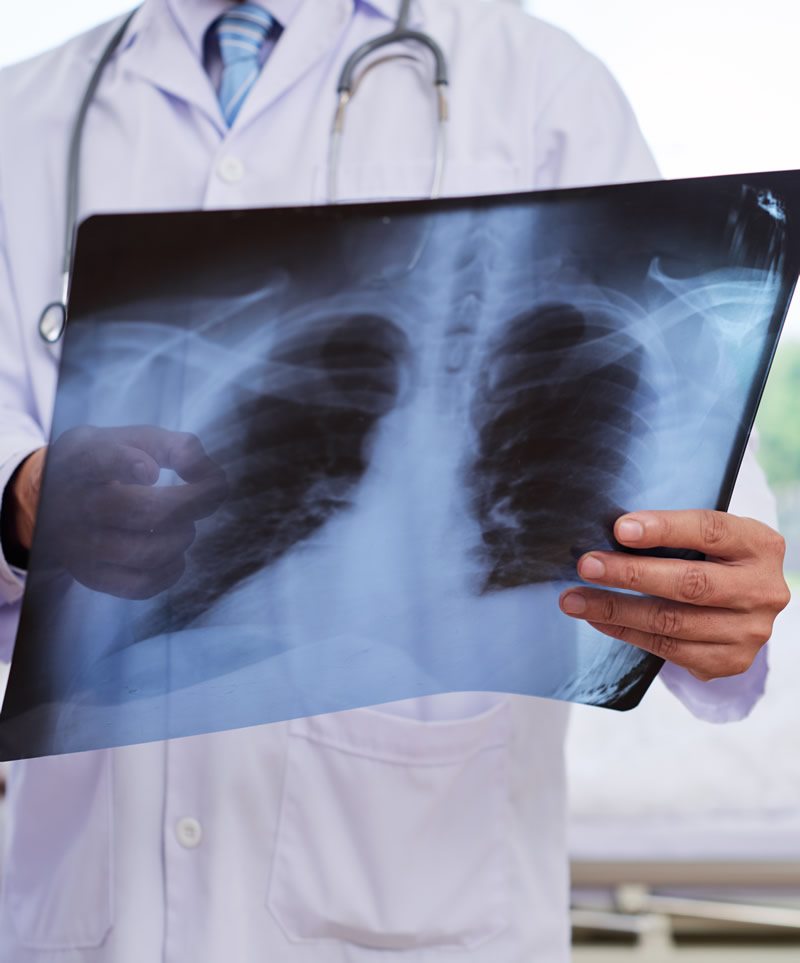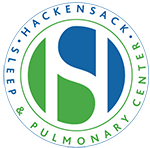COPD Treatment Program
COPD is rapidly becoming the leading cause of disability and death in the US. Many people suffer daily from severe shortness of breath and chronic cough. While there is no cure for COPD, there are very effective treatments that can minimize the devastating effects of this disorder on your life and improve your functioning and independence.
We offer a customized program for COPD which includes a validated symptom scoring method, objective measurements, and tailored medical regimens to help manage symptoms and decrease hospitalizations.
What is COPD (Chronic Obstructive Pulmonary Disease)

COPD or Chronic Obstructive Pulmonary Disease is a condition where your airways narrow and swell, producing excess mucus. This triggers shortness of breath, wheezing, and coughing.
Most commonly known by patients as smoker’s cough, chronic bronchitis, or emphysema, COPD is actually a spectrum of disease which includes inflammation and irritation of the airways with excess mucous production (bronchitis), constriction of the airways (bronchospasm), with cough and damage to the air sacs with shortness of breath and the need for supplemental oxygen (emphysema). *
Damage of these airways and air sacs, can lead to low oxygen and to increased carbon dioxide. Our lungs rely on the natural elasticity of the bronchial tubes and air sacs to force the carbon dioxide out of the body. COPD causes the lungs to lose this elasticity and partially collapse, leaving some air trapped in the lungs when exhaling.
Risk Factors
- Smoking and Secondhand Smoke Exposure
- Occupational Exposures
- Exposure to Indoor and Outdoor Air Pollution
- Wood Burning Stoves and Fires
- Genetics
- Severe Childhood Lung Infections
- Oxidative Stress


Causes of COPD
Long term exposure to a large variety of lung irritants can be responsible or play a role in the onset of COPD. Smoking is the most common cause, including cigarettes, electronic cigarettes, cigars, pipes, and marijuana smoking. Wood-burning fires and other pollutants may also contribute to lung inflammation, irritation, and destruction.
It has been found that smoking both marijuana and cigarettes increases the risk of COPD more than the use of either one alone. Continued exposure to secondhand smoke can also cause COPD, as can indoor and outdoor air pollution and exposure to dangerous fumes and gases on the job.
It’s estimated that 80-90% of those diagnosed with COPD are chronic smokers. The amount of smoking and the length of time one has smoked increases the probability that one will develop COPD.
Some of the more dangerous workplace exposures can include types of industrial dust and chemical fumes such as coal mine dust, silica and grain dust, exposure to isocyanates, natural rubber latex, animal dander, and platinum.
Genetics can contribute to COPD, such as alpha-one Antitrypsin Deficiency. The body is not able to make enough of a protein called alpha-1 antitrypsin, which helps to protect the lungs from damage. This usually causes early onset COPD and if the individual smokes, it seriously exacerbates the problem.

Is quitting smoking the hardest thing you ever tried to do?
If you want to quit smoking but have been unable to do this on your own, do not despair. Our office is here to help!
With a combination of medications and behavioral techniques, we can help you to break free of tobacco and move towards a healthier you!
Symptoms of COPD
In the early stage, COPD may cause only very mild symptoms or no symptoms as all. As the disease progresses, symptoms may become more severe. As the lungs become aged and less able to compensate, symptoms become more evident and noticeable.
The Most Common Symptoms Include
- Ongoing Cough
- Cough that Produces Increased Mucous
- Shortness of Breath
- Wheezing
- Tightness in the Chest
- Recurrence of Colds, Bronchitis, or Flu
Severe Symptoms Include
- Swelling in Ankles, Legs, and/or Feet
- Weight Loss and Fatigue
- Lessened Muscle Endurance
- Difficulty Talking
- Fast Heartbeat
- Lips or Fingernails Turn Blue or Gray
- Loss of Mental Alertness

Diagnosing COPD
Your assessment begins with a detailed look at your history, reviewing your exposure to risk factors, your history of respiratory problems, prior hospitalizations, family history of lung disease, and other current medical conditions. A look at the development of your symptoms and the impact of your symptoms on your everyday life are also discussed and considered.
A physical examination would be performed, followed by any testing deemed necessary.
Diagnostic Testing for COPD
Diagnostic testing for COPD may include various lung function tests.
- Sputum Gram Stain and Culture – To evaluate for chronic infections
- Spirometry – Measures the amount of air you are able to move in and out of your lungs
- Chest X-Ray – To rule out other conditions with similar symptoms
- CAT Scan of the Chest – Provides a detailed image of the lungs
- Pulse Oximetry – A non-invasive check of blood oxygen
- Arterial Blood Gas Test – Determines how well the lungs are able to move oxygen into the blood and remove carbon dioxide from the blood
- Carbon Monoxide Level – Measures the level of carbon monoxide in the blood
- Alpha One Antitrypsin Screening – Measures levels of AAT protein in the blood
- Echocardiogram – Rules out certain heart problems causing shortness of breath or heart strain which can result from severe COPD
- Bronchoscopy – A camera is used to look inside the airways of the lungs
- Six Minute Walk Test – Measures the distance you can walk in 6 minutes to evaluate exercise capacity
- Cardiopulmonary Stress Testing (CPST) – An exercise test to determine the exact cause of shortness of breath

Excerpt from “Catch Your Breath”
“..So if you have lung disease, or love someone who does, then it’s time to saddle up and get serious about improving life. Put down the cigarettes, snack cakes, and box of tissues. We have a lot of work to do!”

About the Author
Dr. Deborah A. Goss is board-certified in Pulmonary, Critical Care, Sleep Medicine, and Internal Medicine, currently practicing at Hackensack Sleep and Pulmonary Center in Hackensack, New Jersey.
She has also published multiple papers on respiratory health, with special interests in non-invasive ventilation, sleep medicine, tobacco-related illness, and women’s respiratory health. For More About Dr. Goss

